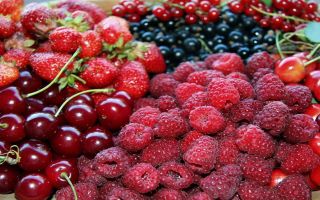Content
Cobalt is one of the trace elements necessary for the normal functioning of the human body. The demand for this metal is small, but the lack also leads to disastrous consequences. It is necessary to regularly eat foods containing cobalt in order to make up for its deficiency in time. In the body of an adult, the total content of the element is about 2 mg. With a deficiency, symptoms of anemia are observed, the work of the thyroid gland and CVS is disrupted.
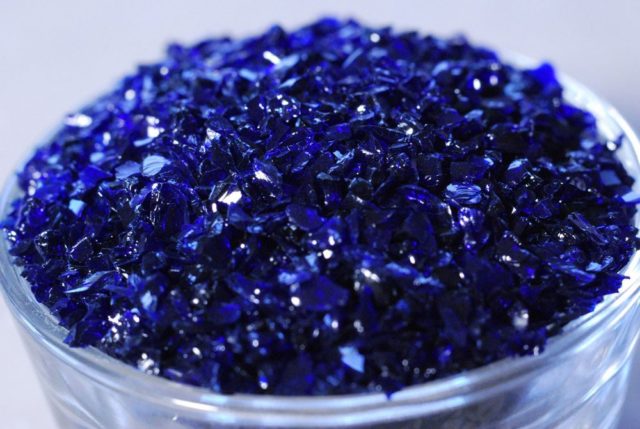
Features of Cobalt Rich Foods
A trace element can be in different states:
- The source of cobalt in some animal products is vitamin B12. Its uniqueness is that it is the only one that contains metal atoms. It is synthesized by bacteria living in the body of ruminants from cobalt salts.
- The amount of a trace element in vegetables, herbs, fruits and berries directly depends on the composition of the soil on which they grow.
- One of the main sources of cobalt is from ocean fish and seafood.
Getting into the human body with food, it performs several important functions:
- improves bone growth and absorption of iron contained in food;
- with its help, insulin and vitamin B12 are synthesized;
- regulates the formation of thyroid hormones;
- enhances the synthesis and accumulation of proteins;
- participates in carbohydrate and lipid metabolism.
Lack of cobalt usually leads to dementia, developmental delay, and rapid fatigue.
Poisoning can only occur if you consume large amounts of natural metal, in powder form, or synthesized vitamin B12 containing cobalt atoms.
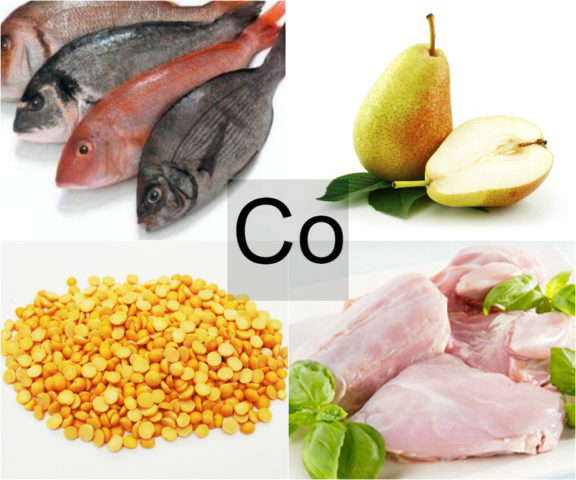
Foods with high levels of cobalt
The percentage of cobalt in products depends largely on the conditions in which the plant or animal grew and developed. In dissolved form, the chemical element is present in seawater, it is also contained in soil and rocks. Once in a living organism, it is partially absorbed, accumulating in tissues, and is involved in the production of vitamin B12 by bacteria. A record amount of the trace element has been found in mollusks and commercial fish that have grown in the vast oceans.
Fish and seafood
The largest percentage of cobalt is found in fish and seafood. After significant physical exertion, with a lot of blood loss, including in women with heavy menstruation, it is recommended to eat foods saturated with cobalt and iron. Content favorites are:
- horse mackerel, tuna and perch;
- cod liver and its meat;
- squid, oysters and shrimp;
- chum salmon, catfish and herring;
- mackerel, anchovy;
- capelin, pollock, pike perch;
- pink salmon and bonito.
Both fresh and frozen fish and canned fish are suitable for saturating the body with the necessary metal.
Meat
Poultry and animal meat is also a recognized leader in the content of a useful trace element. In the body, it accumulates mainly in the liver, kidneys, lymph nodes and glands. There is also a small amount in the blood. The following types of meat products are rich in metal:
- offal - brains, liver, kidneys and heart;
- poultry - quail, turkey, chicken, goose and duck;
- beef and veal;
- pork and lamb;
- horse meat and rabbit meat.
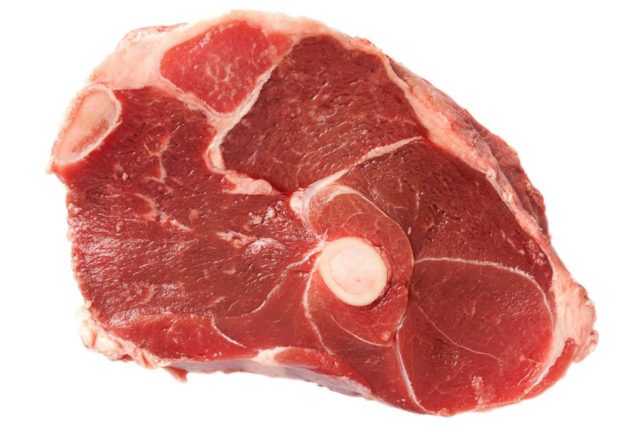
Nuts
Nuts are a storehouse of useful vitamins and minerals. Some of them also include blue metal:
- hazelnuts, pistachios and nutmeg;
- walnut, poppy seeds.
A small amount of nuts gives strength and makes up for the lack of a trace element in the body.
Dairy products
The composition of fermented milk products created on the basis of natural milk also contains cobalt:
- sour cream and yogurt;
- kefir and cottage cheese;
- yogurt and bifidoc;
- acidophilus, cheese.
Cream, condensed milk, butter and desserts with the use of natural dairy products - ice cream, cream, mousses are no less useful. The content of the trace element in sheep's milk is especially high.
Soy
Soy belongs to legumes and is one of the recognized champions in cobalt content - 31.2 mg per 100 g of product. It can be consumed both raw and thermally processed.
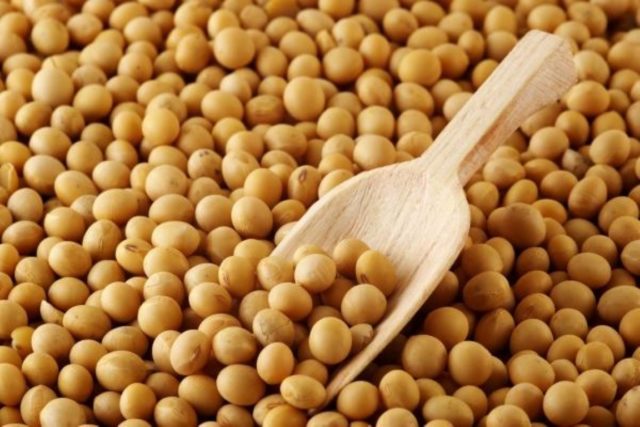
Cocoa
A warm drink based on natural cocoa beans or a piece of dark chocolate effectively rejuvenates. Also, these products will saturate the body with the necessary cobalt.
Berries
Among plant products, there are leaders in the content of blue metal:
- strawberries and strawberries;
- black currant and, to a lesser extent, red;
- grapes and raspberries;
- cranberries, cherries.
You can enjoy the gifts of nature fresh, cook berry juice or jam, cook pies with berries.
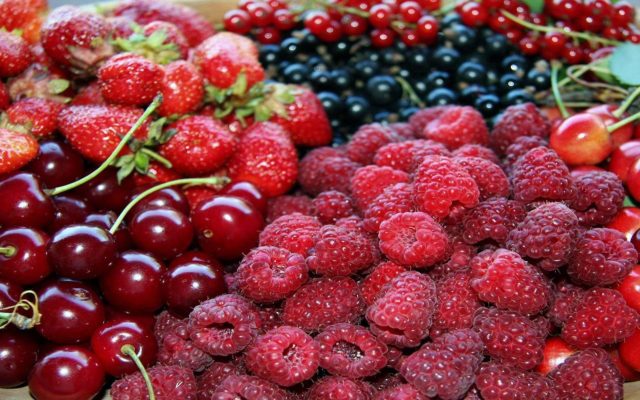
Fruits and vegetables
Cobalt is found in the following gifts from gardens and fields:
- pears and apricots;
- oranges, plums and apples;
- melons, cucumbers;
- beets, carrots and radishes;
- onions, green and onions, garlic;
- parsley, lettuce, spinach;
- tomatoes, bell peppers, eggplants;
- potatoes, corn, cabbage.
Cobalt content table in food
The content of a trace element in food varies considerably. There are recognized favorites in the ranking, and products in which the metal is present in minimal quantities.
|
Product name |
How much cobalt is contained in 100 g in mg |
|
Squid |
95 |
|
Canned fish |
75 |
|
Tuna |
40 |
|
Cod liver |
35 |
|
Soy |
31 |
|
Cod |
30 |
|
Sardine |
30 |
|
Sea bass |
30 |
|
Cocoa beans |
27 |
|
Quail |
25 |
|
Catfish |
20 |
|
Hake, shrimp, ice fish |
20 |
|
Pork and beef liver |
20 |
|
Pelamida, pike perch, capelin |
20 |
|
Chum salmon, pink salmon, anchovy |
20 |
|
Rabbit |
16,2 |
|
Turkey |
15 |
|
Hazelnut |
12,3 |
|
A heart |
12 |
|
Hen |
12 |
|
Chicken fillet |
12 |
|
Goose |
11 |
|
Pears |
10 |
|
Strawberry |
9,8 |
|
Duck |
9 |
|
Garlic |
9 |
|
Kidney |
8,8 |
|
Walnut |
7,3 |
|
Beef |
7 |
|
Sausages |
7 |
|
Green onion |
7 |
|
Lamb, goat meat |
6 |
|
Tomatoes |
6 |
|
Potatoes |
5 |
|
Turnip onion |
5 |
|
Cheese |
4,3 |
|
Black currant, strawberry |
4 |
|
Salad |
4 |
|
horsemeat |
3 |
|
Sheep's milk |
3 |
|
Radish, sweet pepper |
3 |
|
Cabbage, radish |
3 |
|
Condensed milk |
2 |
|
Grapes, raspberries |
2 |
|
Apricots, melons |
2 |
|
Carrot |
2 |
|
Beets, carrots |
2 |
|
Mare's milk, koumiss |
1,4 |
|
Sour milk, cottage cheese, kefir |
1 |
|
Cherry |
1 |
|
Oranges, apples, plums |
1 |
|
Cucumbers, pumpkin |
1 |
|
Eggplant |
1 |
|
Cow's milk |
0,8 |
|
Sour cream, cream |
0,3 |
Rules for the use of foods rich in cobalt
The human need for cobalt is relatively small, only from 5 to 20 mg. In order for the body to derive the greatest benefit from the absorption of cobalt from the proposed food, it is necessary to adhere to several simple rules of compatibility:
- if the product contains iron, zinc and manganese together with cobalt, then the percentage of absorption of the microelement increases;
- copper significantly delays the absorption of metal, reducing the benefits of the dish;
- the simultaneous use of vitamin C contributes to the accumulation of cobalt in the liver, which has a beneficial effect on the body, therefore it is advisable to combine meat and fish with citrus fruits, berries;
- a trace element helps to assimilate iodine, which is contained, for example, in seaweed or seafood;
- if the diet contains a significant amount of fats and proteins, the body's need for this essential trace element increases;
- the combined use of cobalt and iron promotes hematopoiesis and the formation of hemoglobin, therefore it is indicated for anemia, large blood loss.
Cobalt is toxic only at huge doses over 500 mg. Therefore, moderate consumption of products containing this trace element is not capable of leading to an overdose. Signs of excess metal are as follows:
- development of bronchial asthma;
- skin dermatitis, rash;
- lung damage by inhalation of powder;
- hypertension and heart failure;
- an excess of red blood cells;
- hearing loss and thyroid dysfunction.
You can remove excess cobalt with the help of rice or oatmeal liquid broth, sesame seeds, rosehip broth, sea buckthorn, calendula.
Conclusion
Cobalt-containing products can be found on the shelves of any grocery store, in the market and in your own garden. The trace element is extremely important for the normal functioning of internal organs, the synthesis of substances and general development. Most of it is present in shellfish, cod liver, offal, poultry and ocean fish. Vegetarians should turn their attention to foods such as semolina, soy, and cocoa beans. The microelement entering the human body is absorbed only partially. You can increase the percentage of absorption with vitamin C, iron, manganese and zinc.

